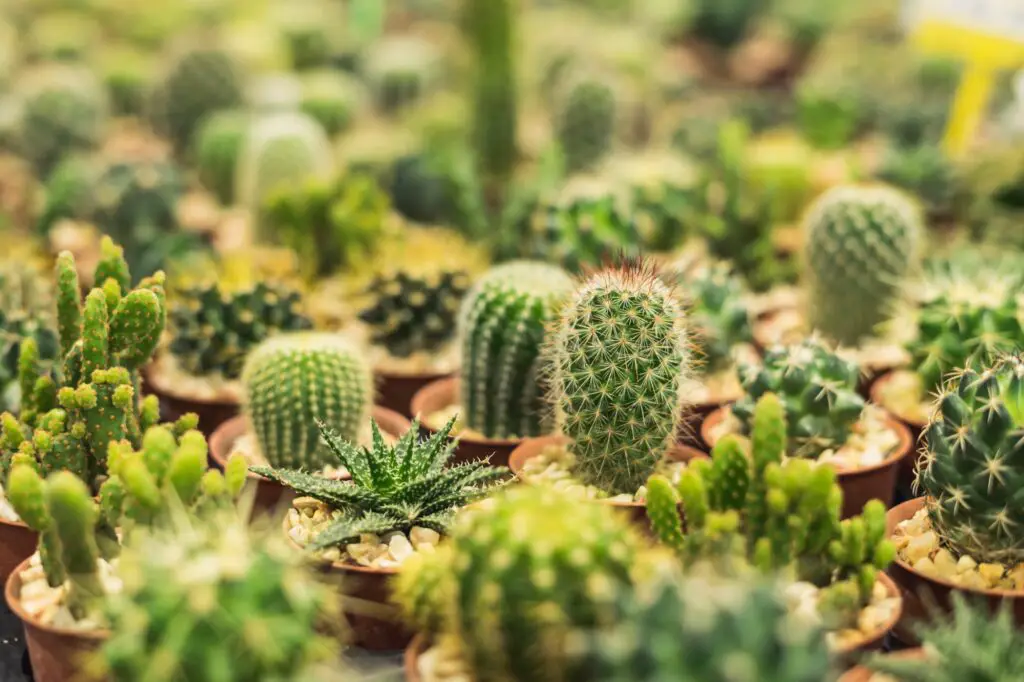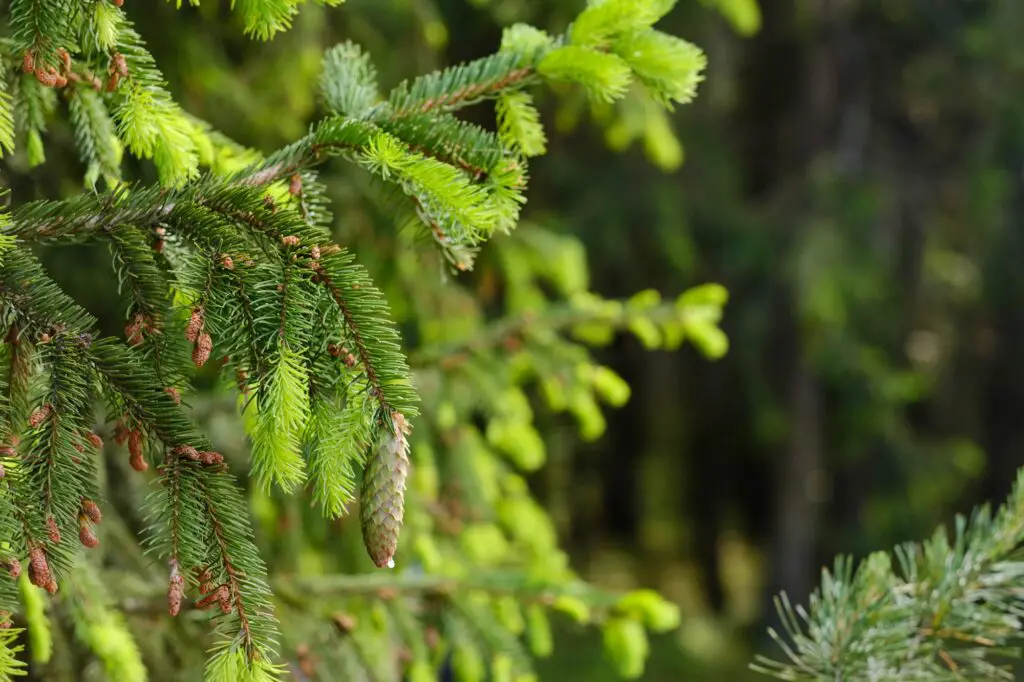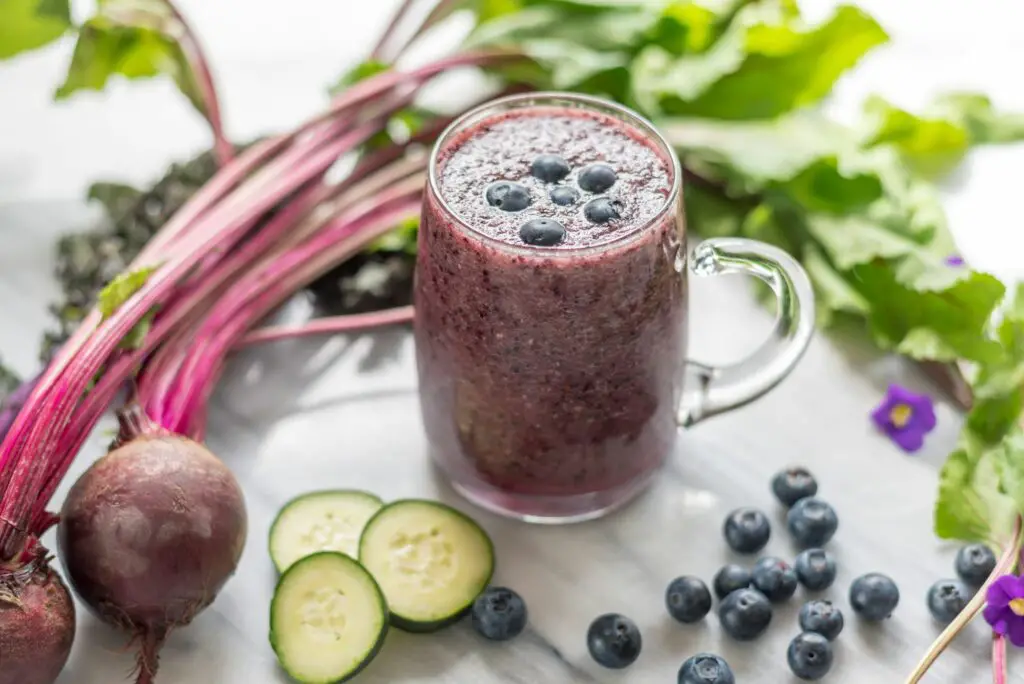The plant kingdom is a diverse group of organisms that includes everything from mosses and ferns to flowering plants and conifers. With over 300,000 species, it is one of the largest and most varied groups in the natural world. But what is the largest group in the plant kingdom? The answer is angiosperms, also known as flowering plants.
Angiosperms are vascular seed plants that produce flowers and fruits. They are the largest and most diverse group of plants, with over 300,000 species. Angiosperms can be found in almost every habitat on Earth, from deserts to rainforests, and they play a crucial role in the ecosystem. They provide food and shelter for a wide range of animals, and they are also important for human survival, providing us with food, medicine, and materials for clothing and shelter.
Key Takeaways
- The largest group in the plant kingdom is angiosperms, also known as flowering plants.
- Angiosperms are vascular seed plants that produce flowers and fruits and are the most diverse group of plants.
- Angiosperms are crucial for the ecosystem and human survival, providing food, shelter, and materials.
Learn more from related articles:
Why Do Some Plants Grow Faster Than Others?
Black Spots on Fern Leaves: 5 Causes, Treatments & Best Care Tips

Understanding the Plant Kingdom
The plant kingdom is a vast group of organisms that includes mostly photosynthetic organisms. The process of photosynthesis uses chlorophyll, which is located in organelles called chloroplasts. Plants are classified as eukaryotes and are distinct from other eukaryotic organisms such as protists, fungi, animals, and monera.
The plant kingdom is also known as Kingdom Plantae, which is further classified into subgroups. The classification is based on the following criteria:
- Presence or absence of a well-differentiated plant body, such as roots, stems, and leaves.
- The presence or absence of specialized reproductive organs, such as flowers and seeds.
The largest group in the plant kingdom is the Angiosperms, which are flowering plants that produce seeds enclosed in an ovary. They are the most diverse and widespread group of plants, and they dominate the landscape.
The plant kingdom also includes other groups such as:
- Gymnosperms: These are non-flowering plants that produce seeds not enclosed in an ovary. They include conifers, cycads, and ginkgo trees.
- Ferns: These are non-flowering plants that reproduce using spores. They have a well-differentiated plant body and are commonly found in moist environments.
- Mosses: These are non-vascular plants that reproduce using spores. They lack a well-differentiated plant body and are commonly found in damp environments.
The plant kingdom faces several challenges to life on land, such as the need to conserve water and the need to obtain nutrients from the soil. Plants have evolved several adaptations that allow them to overcome these challenges, such as the development of a waxy cuticle to prevent water loss and the development of roots to absorb nutrients from the soil.
What is the Largest Group in the Plant Kingdom
The largest group in the plant kingdom is the angiosperms. Angiosperms are flowering plants that make up the most diverse and widespread group of plants on Earth. They are vascular seed plants in which the ovule is fertilized and develops into a seed in an enclosed ovary.
There are approximately 300,000 species of angiosperms, which is more than any other group of plants. They can be found in almost every habitat and range in size from tiny aquatic plants to towering trees.
Angiosperms are divided into two main groups: monocots and dicots. Monocots have one embryonic leaf (cotyledon) while dicots have two. Monocots also have parallel veins in their leaves, while dicots have branching veins.
Angiosperms are further classified into different levels, including species, genera, and families. The number of species in each family can vary greatly, with some families having only a few species while others have thousands.
Angiosperms are an essential part of the ecosystem, providing food, shelter, and oxygen to other organisms. They are also important to humans for food, medicine, and other products. Without angiosperms, life on Earth would be vastly different.

Characteristics of Angiosperms
Angiosperms, also known as flowering plants, are the largest group in the plant kingdom. They are characterized by their reproductive structures, flowers, which contain both male and female reproductive organs. Angiosperms have a number of distinct characteristics that set them apart from other plant groups.
Reproduction
The defining characteristic of angiosperms is their reproductive structures, flowers. Flowers contain both male and female reproductive organs, making them capable of self-fertilization. This allows for a high degree of genetic diversity within populations, which can be advantageous for survival in changing environments.
Structure
Angiosperms have a complex structure, consisting of roots, stems, and leaves. The roots anchor the plant in the soil and absorb water and nutrients. The stem provides support for the plant and transports water, nutrients, and sugars between the roots and leaves. The leaves are the primary site of photosynthesis, where the plant converts sunlight into energy.
Vascular System
Angiosperms have a well-developed vascular system, consisting of xylem and phloem. Xylem transports water and minerals from the roots to the rest of the plant, while phloem transports sugars and other organic molecules from the leaves to the rest of the plant.
Meristems
Angiosperms have meristems, which are regions of undifferentiated cells that are capable of dividing and differentiating into specialized cell types. The apical meristem tissue is responsible for the growth of the plant, while lateral meristems are responsible for the growth in diameter.
Cellulose
Angiosperms produce cellulose, a complex carbohydrate that provides structural support for the plant. Cellulose is the most abundant organic molecule on Earth, and is an important component of many plant-based products, such as paper and textiles.
Reproduction in Angiosperms
Angiosperms, or flowering plants, are the largest and most diverse group in the plant kingdom. They reproduce sexually through the alternation of generations, which involves the production of both haploid and diploid cells.
The haploid gametophyte alternates with the diploid sporophyte during the sexual reproduction process of angiosperms. The gametophyte produces the reproductive cells or gametes, which are the male and female gametes. The male gametes are produced in the pollen grain, while the female gametes are produced in the ovule.
Fertilization occurs when the male gamete fuses with the female gamete, resulting in the formation of a diploid zygote. This zygote develops into an embryo, which is protected and nourished by the ovule. The ovule and its protective tissue form the seed, which is dispersed and germinates into a new plant.
Angiosperms can also reproduce asexually through vegetative propagation, which involves the production of new plants from the vegetative parts of the parent plant such as stems, roots, and leaves. This method of reproduction is common in agriculture and horticulture for producing identical clones of desirable cultivars.

Adaptations of Angiosperms
Angiosperms, or flowering plants, are the most diverse and successful group in the plant kingdom. They have evolved a wide range of adaptations that have allowed them to thrive in a variety of environments. These adaptations include structural, physiological, and reproductive features that have enabled them to survive and reproduce in different habitats.
One of the key adaptations of angiosperms is their ability to survive in the terrestrial environment. Plants that live on land face a number of challenges, including desiccation, structural support, and drying out. Angiosperms have developed a number of strategies to cope with these challenges. For example, they have evolved a complex system of roots, stems, and leaves that provide structural support and allow them to absorb water and nutrients from the soil.
Angiosperms have also developed adaptations to cope with sunlight and predators. Many angiosperms have evolved leaves that are adapted to capture sunlight efficiently, while others have developed spines or thorns to deter predators. Some angiosperms have even developed survival strategies that allow them to survive in drought conditions, such as the cactus.
Another important adaptation of angiosperms is their ability to tolerate a wide range of humidity levels. This is particularly important in arid environments, where water is scarce. Angiosperms have evolved a number of physiological mechanisms that allow them to conserve water and tolerate drought conditions.
Other Groups in the Plant Kingdom
Apart from the flowering plants or angiosperms, the plant kingdom comprises of several other groups of plants. These groups include gymnosperms, conifers, bryophytes, mosses, ferns, green algae, hornworts, liverworts, and cycads.
Gymnosperms are plants that produce seeds but do not have flowers or fruits. They are also known as naked seeds plants. Conifers are a type of gymnosperms that include trees, shrubs, and other woody plants. They have needle-like leaves and produce cones instead of flowers.
Bryophytes are non-vascular plants that include mosses, liverworts, and hornworts. They are small, simple plants that do not have true roots, stems, or leaves. Mosses are a type of bryophyte that grow in damp environments and have a soft, spongy texture. They are often used in landscaping and gardening.
Ferns are vascular plants that reproduce through spores instead of seeds. They have large, frond-like leaves and are commonly found in damp, shady areas. Green algae are aquatic plants that are often found in freshwater environments. They are the simplest type of plant and do not have true roots, stems, or leaves.
Hornworts and liverworts are also non-vascular plants that do not have true roots, stems, or leaves. They are small, simple plants that grow in damp environments. Cycads are a type of gymnosperm that has palm-like leaves and produces cones. They are often used in landscaping and gardening.

Comparison of Angiosperms and Gymnosperms
Angiosperms and gymnosperms are both vascular plants that produce seeds. However, there are some key differences between these two groups of plants.
Seed Production
One of the main differences between angiosperms and gymnosperms is how their seeds are produced. Angiosperms produce seeds that are enclosed within a fruit, while gymnosperms produce “naked” seeds that are not protected by a fruit. Instead, gymnosperm seeds are often found on the surface of scales or leaves, and are typically configured as cones.
Diversity
Angiosperms are the largest and most diverse group of plants in the plant kingdom, with over 300,000 known species. They can be found in almost every habitat on Earth, from deserts to rainforests. In contrast, gymnosperms are a smaller, more ancient group, with around 1,000 species still found on Earth. Many gymnosperm species are now extinct, and the group has been largely replaced by angiosperms in most habitats.
Taxonomy
Angiosperms and gymnosperms are also classified differently in the field of botany. Angiosperms are part of the class Magnoliopsida, while gymnosperms are part of the class Pinopsida. These classes are further divided into orders, families, and genera based on various characteristics such as seed structure, leaf shape, and flower morphology.
In summary, angiosperms and gymnosperms are both important groups of plants that produce seeds, but they differ in their seed production, diversity, and taxonomy.

Importance of Angiosperms
Angiosperms are the largest and most diverse group of plants in the plant kingdom. They are known for their ability to produce flowers and fruits, which are important for reproduction and dispersal of seeds. This section will discuss the importance of angiosperms in different aspects of life.
Importance of Angiosperms for Humans
Angiosperms are essential for human survival as they provide us with food, medicine, and other important resources. Fruits, vegetables, grains, and nuts are all examples of food that come from angiosperms.
They are rich in nutrients such as carbohydrates, proteins, vitamins, and minerals that are necessary for human growth and development. Many medicines are also derived from angiosperms, including aspirin, digitalis, and morphine.
Importance of Angiosperms for Other Organisms
Angiosperms are also important for other living organisms. They provide habitats and food for a wide range of animals, including insects, birds, and mammals. Insects such as bees, butterflies, and moths rely on angiosperms for nectar and pollen, which they use as a source of energy and protein. Birds and mammals feed on fruits and seeds produced by angiosperms.
Importance of Angiosperms for the Environment
Angiosperms play a crucial role in maintaining the balance of the ecosystem. They are responsible for producing oxygen through photosynthesis, which is necessary for the survival of all living organisms. They also absorb carbon dioxide from the atmosphere, which helps to reduce the effects of climate change. The plant body of angiosperms helps to prevent soil erosion and maintain soil fertility by providing nutrients to the soil.
Classification of Angiosperms
Angiosperms belong to the division Magnoliophyta and class Angiospermae. They are also known as higher plants as they have well-developed structures such as roots, stems, and leaves. They reproduce through seeds that are enclosed in fruits. Angiosperms are further classified into two groups: monocotyledons and dicotyledons based on the number of cotyledons or embryonic leaves they have.
Frequently Asked Questions
What are the two types of vascular plants?
There are two types of vascular plants: gymnosperms and angiosperms. Gymnosperms are plants that produce seeds without enclosing them in a fruit, while angiosperms are plants that produce seeds enclosed in a fruit.
Which type of plant cannot grow tall?
Non-vascular plants, such as mosses and liverworts, cannot grow tall because they do not have specialized tissues for conducting water and nutrients throughout the plant.
How are materials transported in a plant?
In vascular plants, materials are transported through specialized tissues called xylem and phloem. Xylem transports water and minerals from the roots to the rest of the plant, while phloem transports sugars and other organic molecules from the leaves to the rest of the plant.
What is the largest family of plant group?
The largest family of plant group is the orchid family, which includes over 25,000 species.
What are the 5 main groups of the plant kingdom?
The five main groups of the plant kingdom are: bryophytes (non-vascular plants), pteridophytes (ferns and their relatives), gymnosperms (conifers and their relatives), angiosperms (flowering plants), and green algae.
Which is the largest group in the plant kingdom?
The largest group in the plant kingdom is the angiosperms, which includes over 250,000 species of flowering plants.

Hey, I’m Lisa and I’ve been an avid gardener for over 30 years. I love writing, talking and living in the garden! Feel free to connect with me on my socials below


